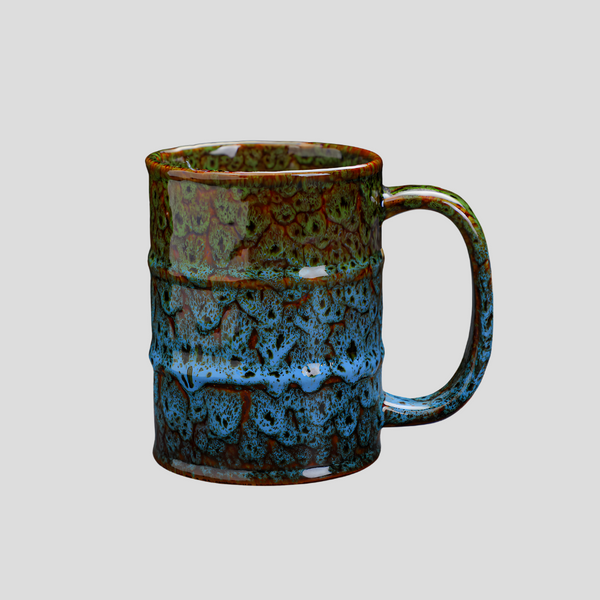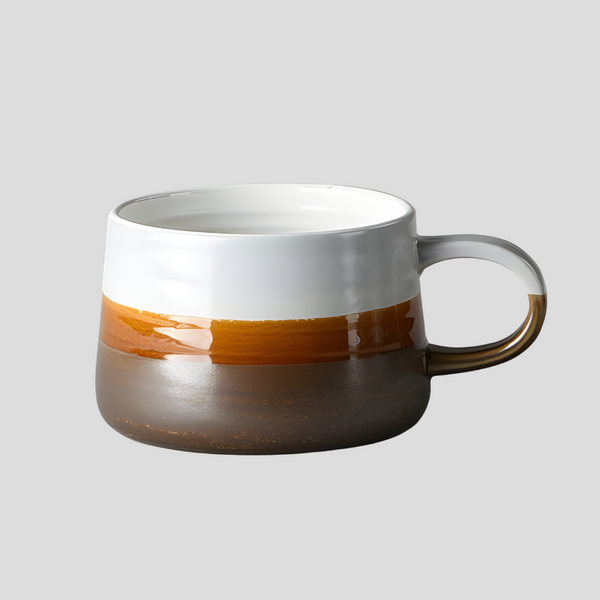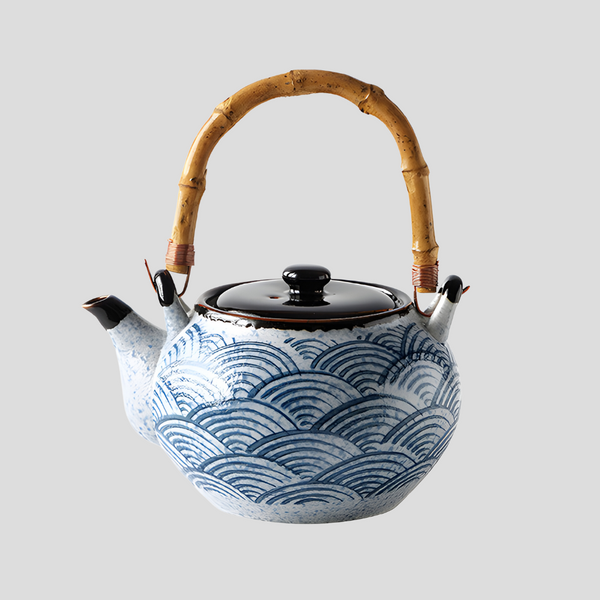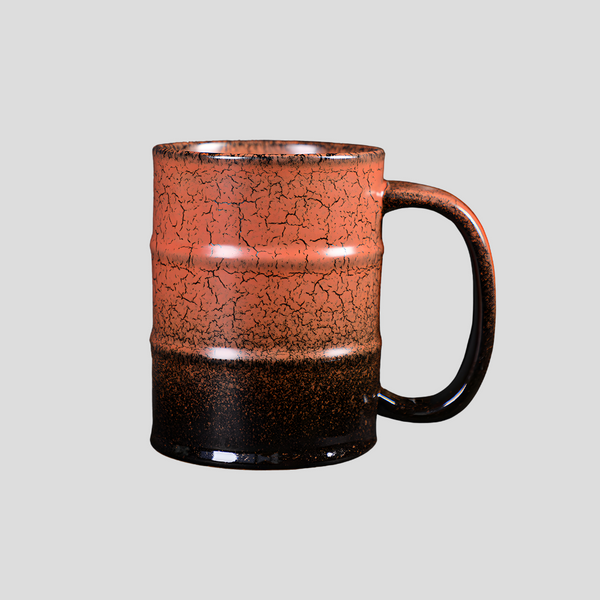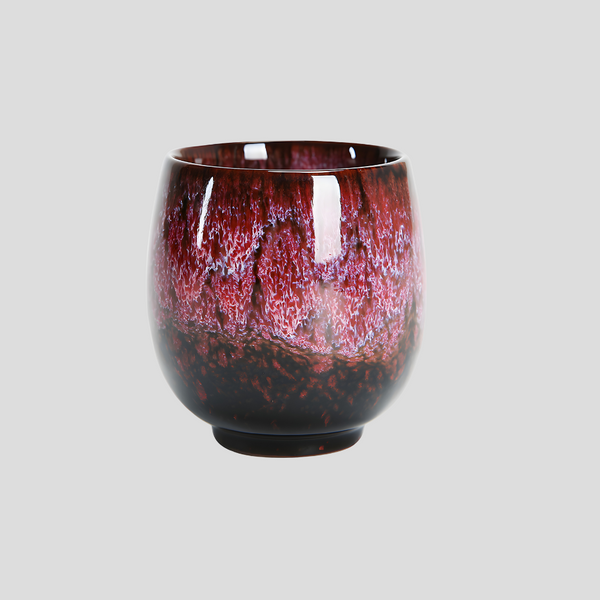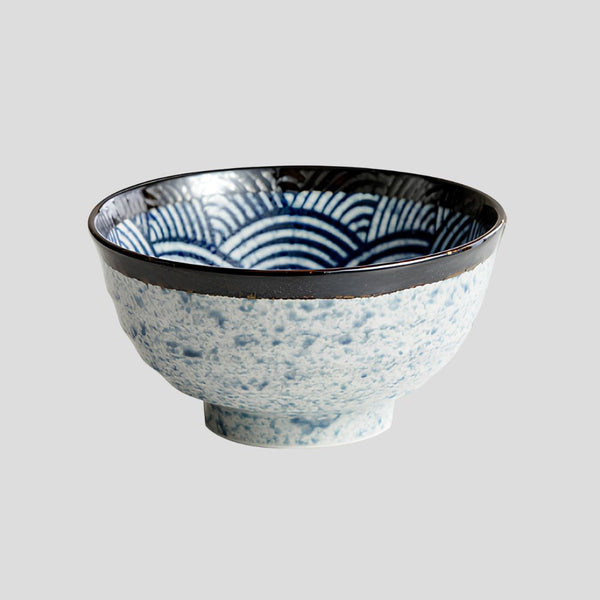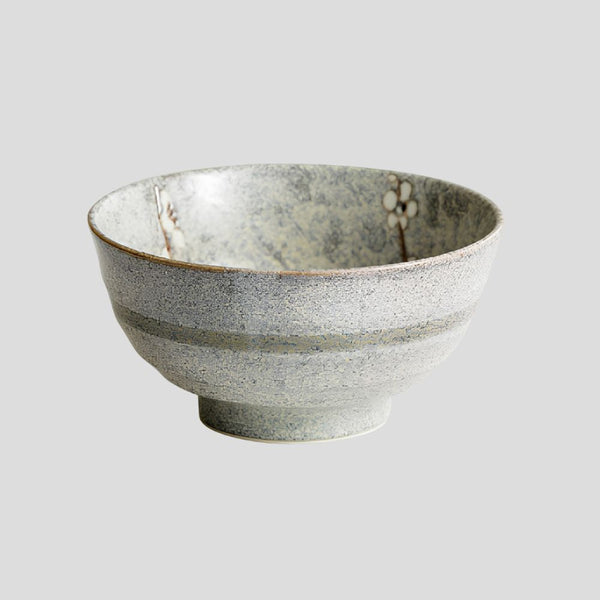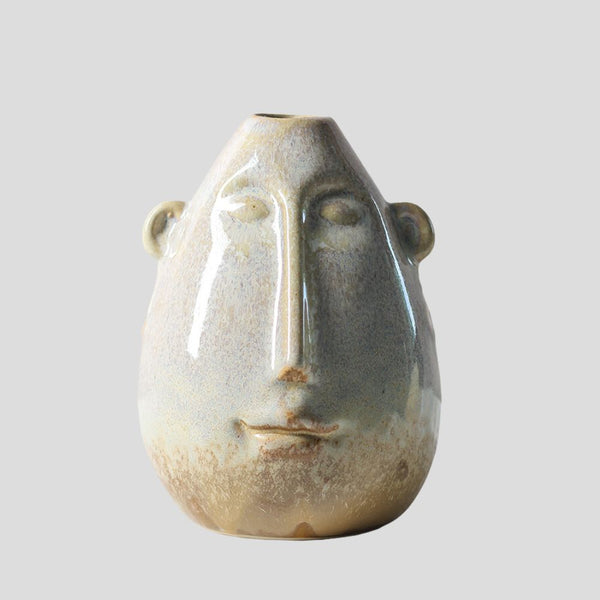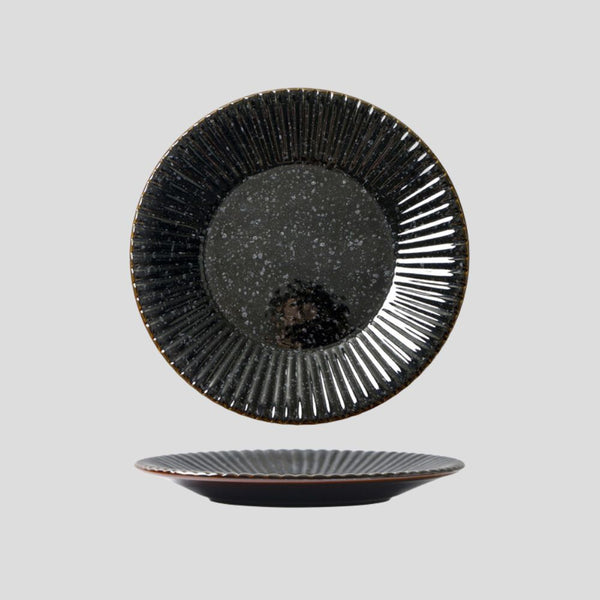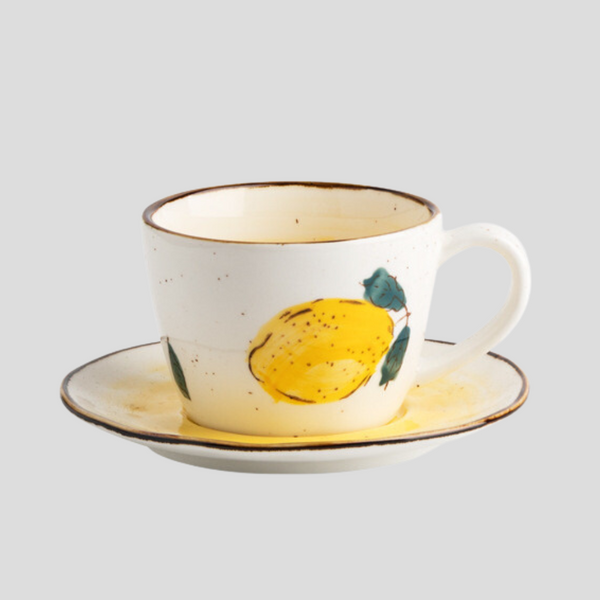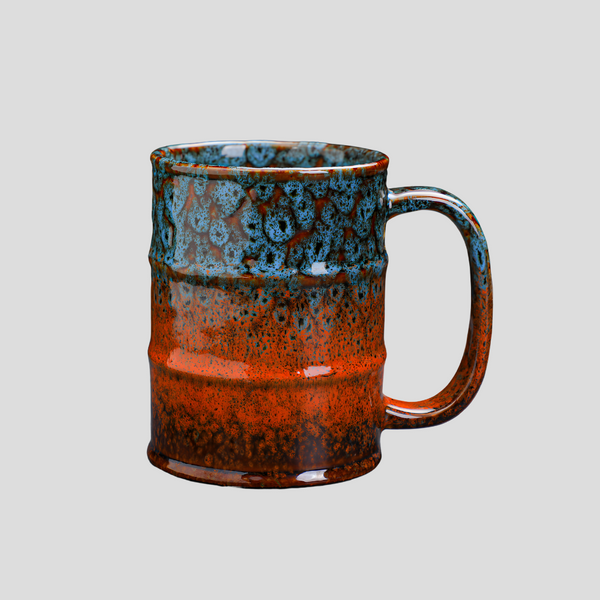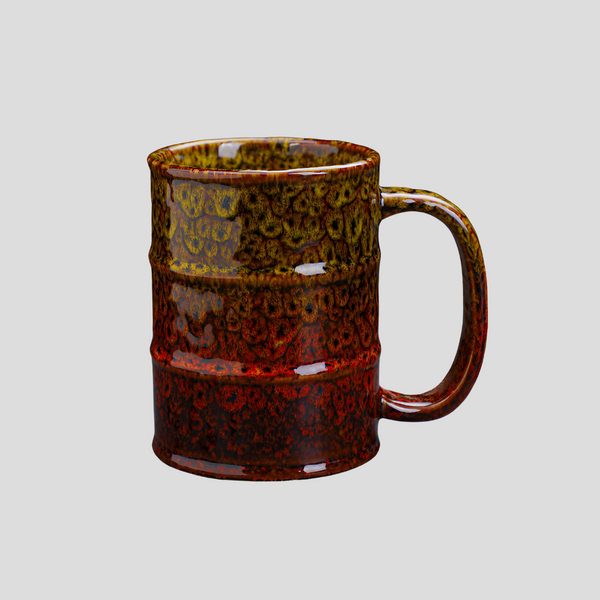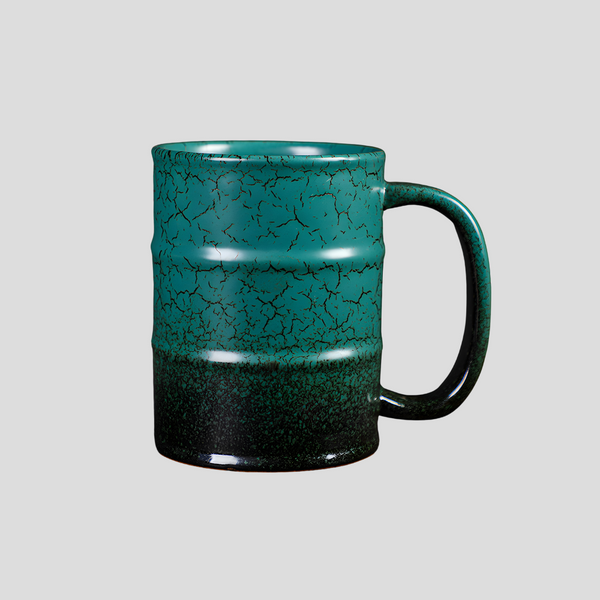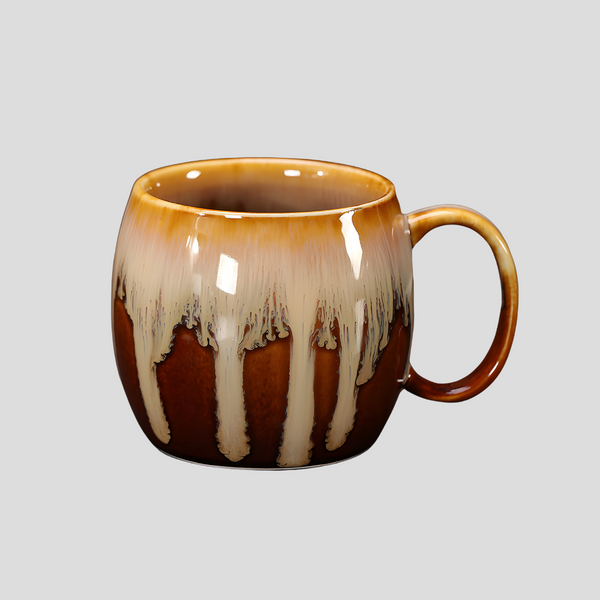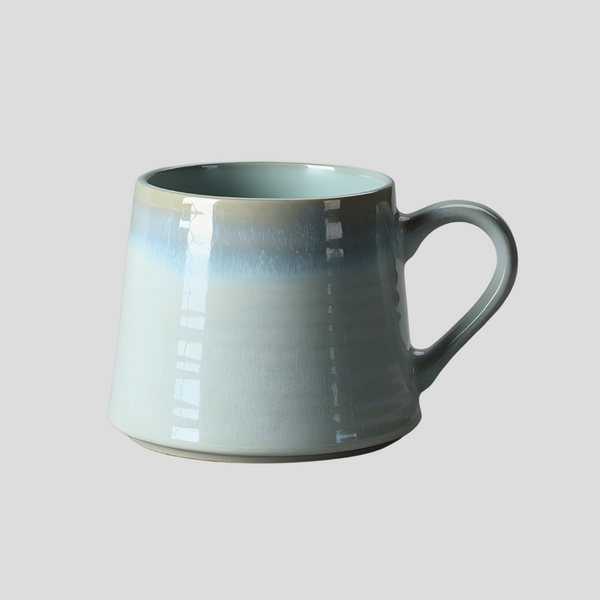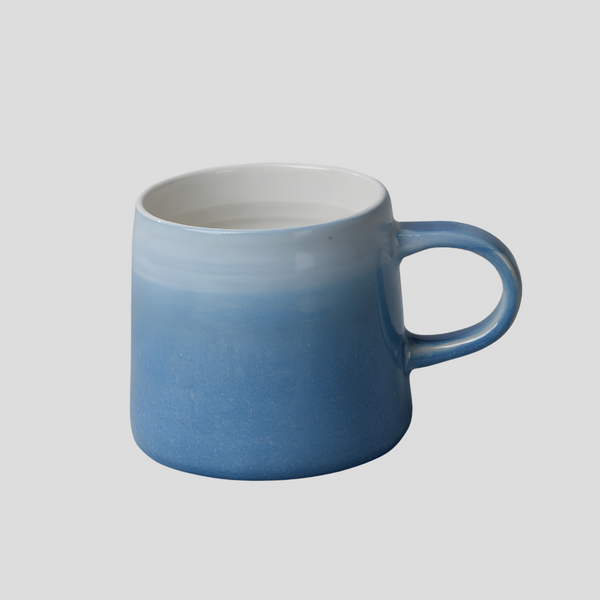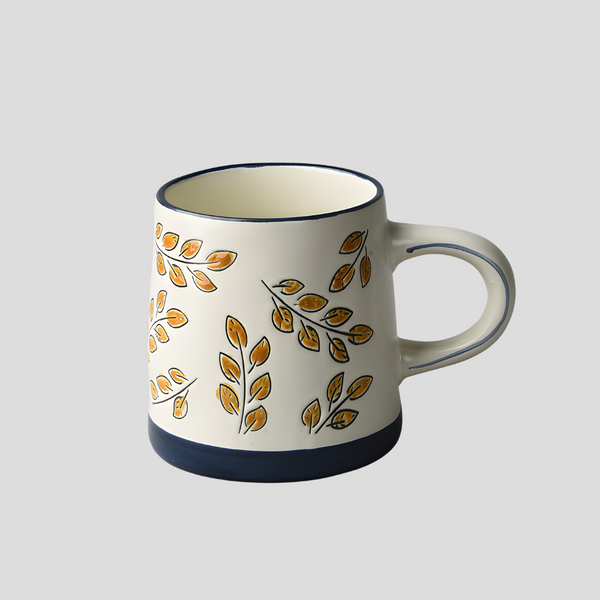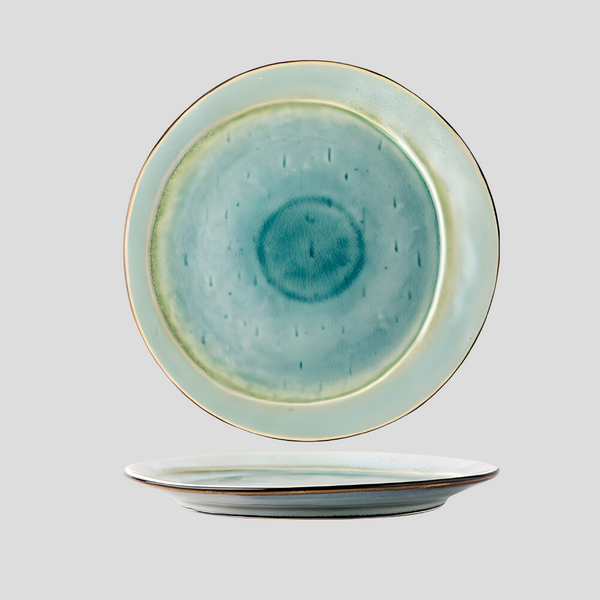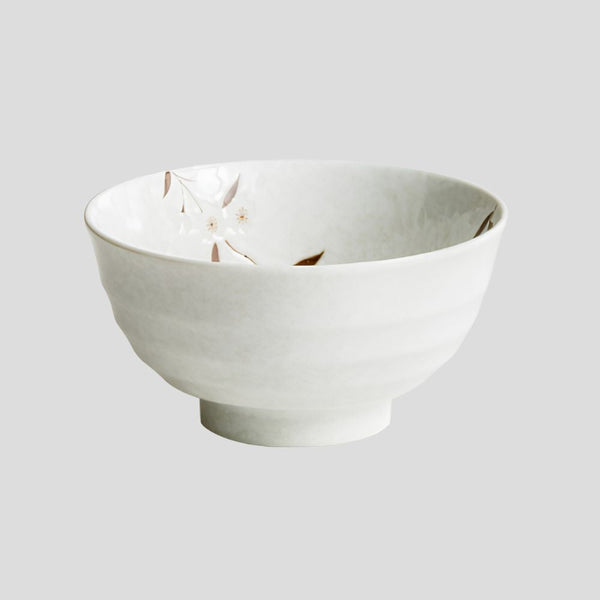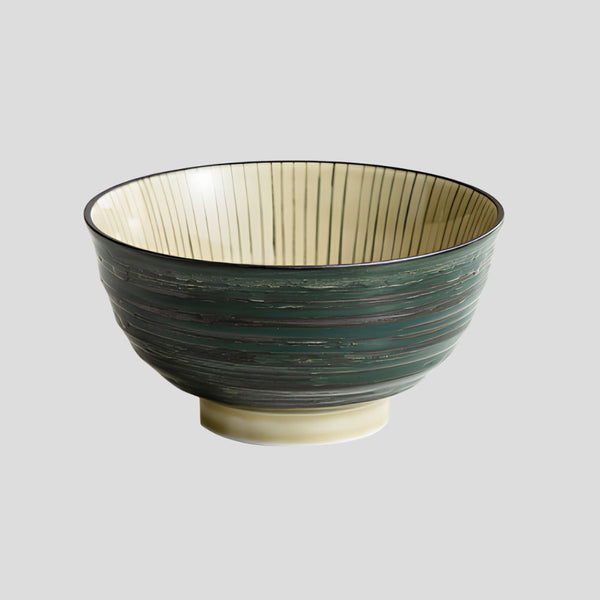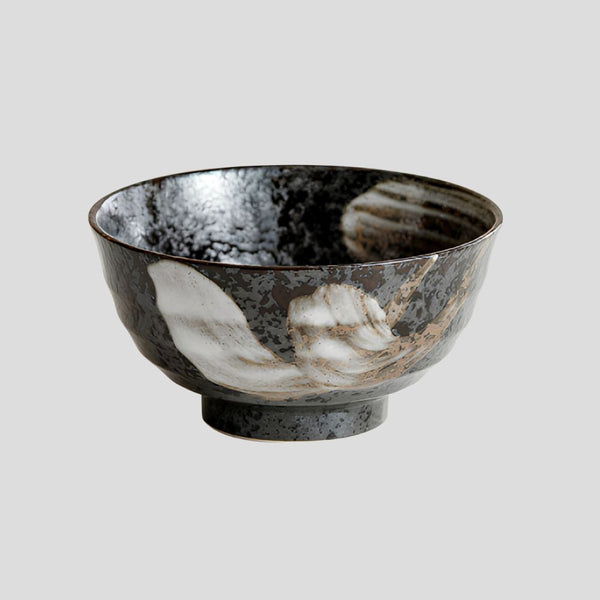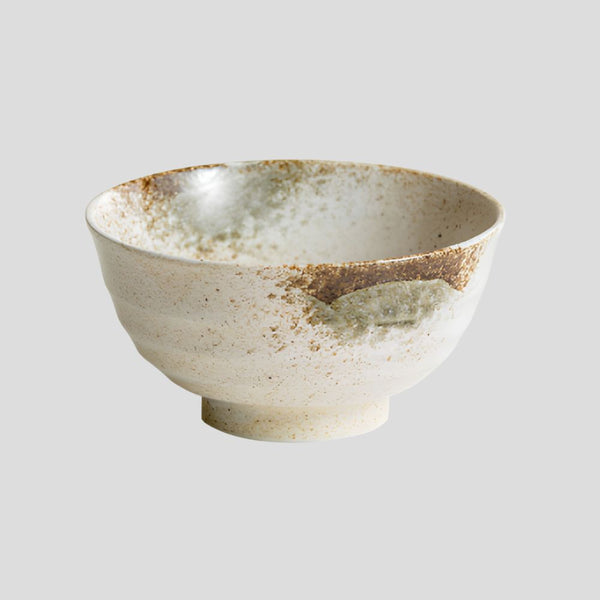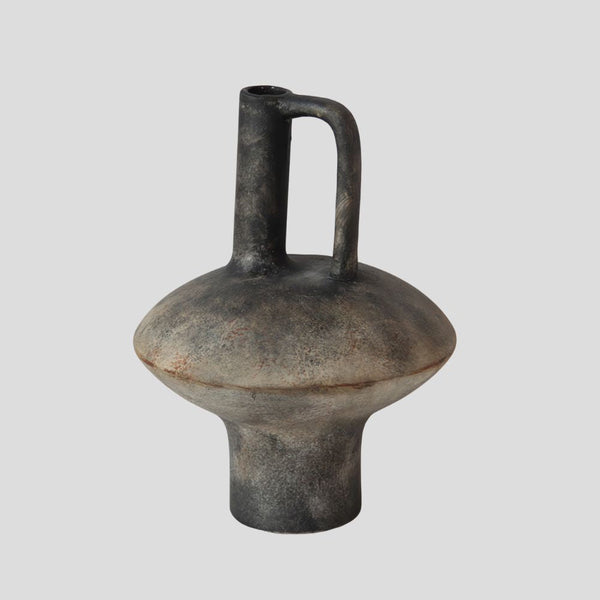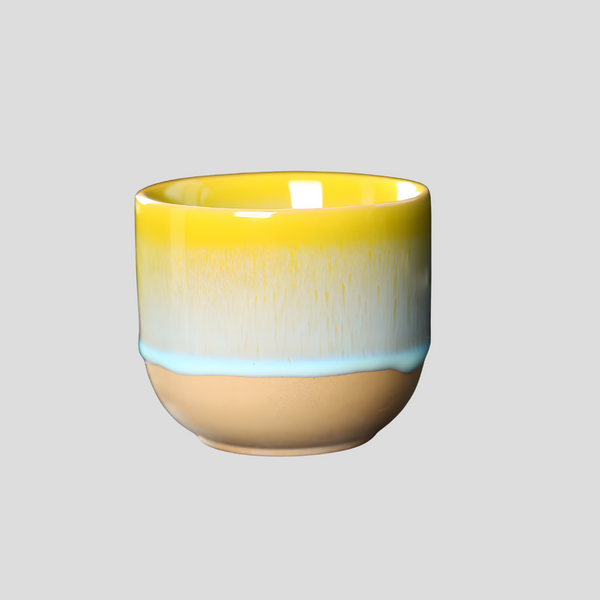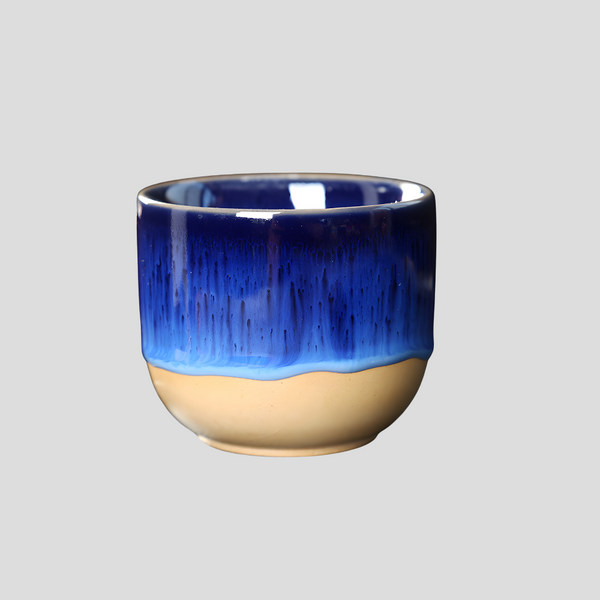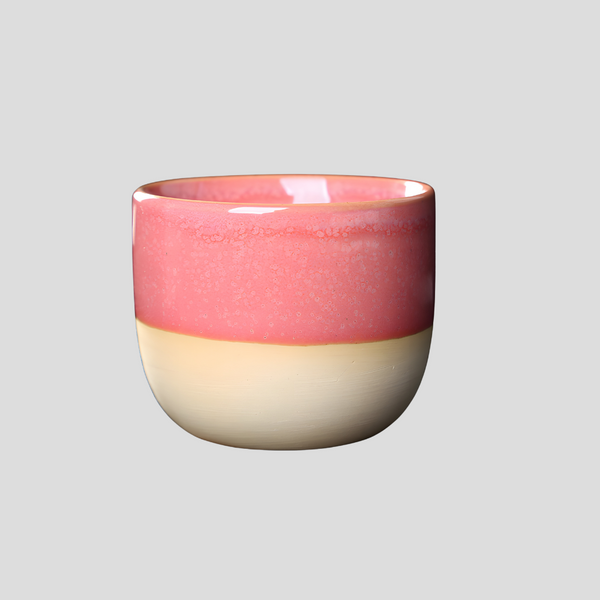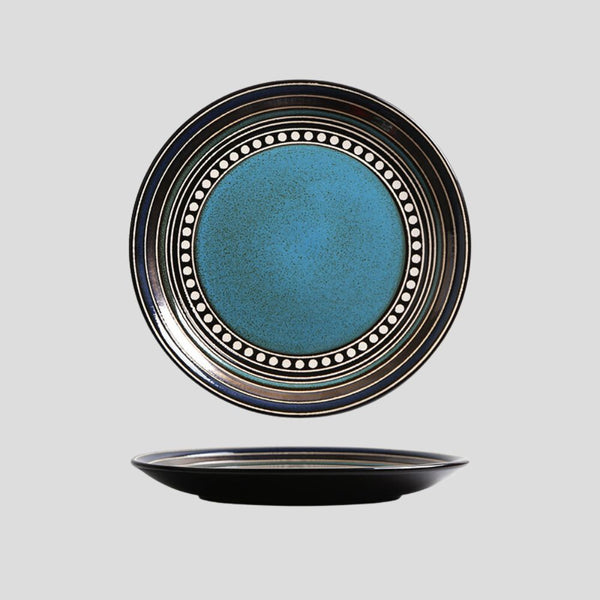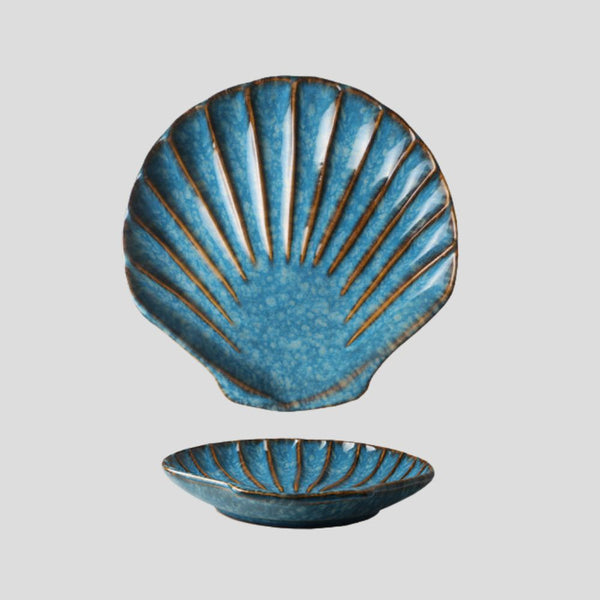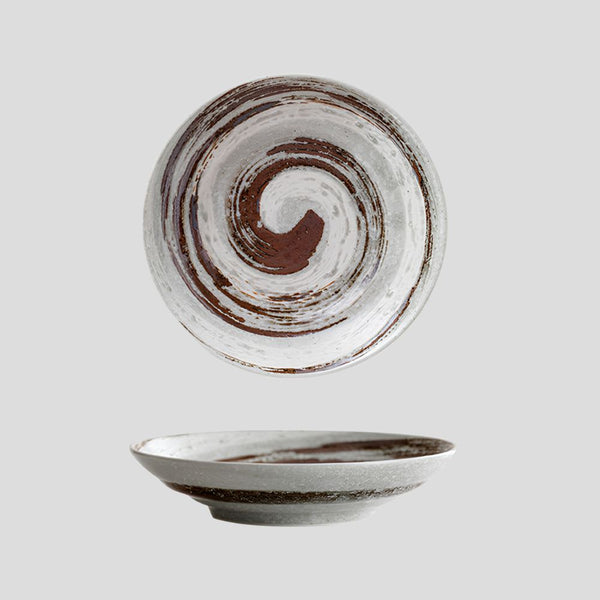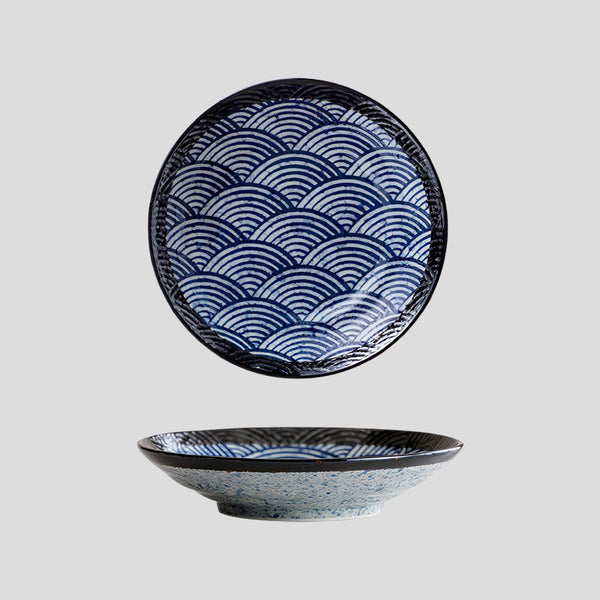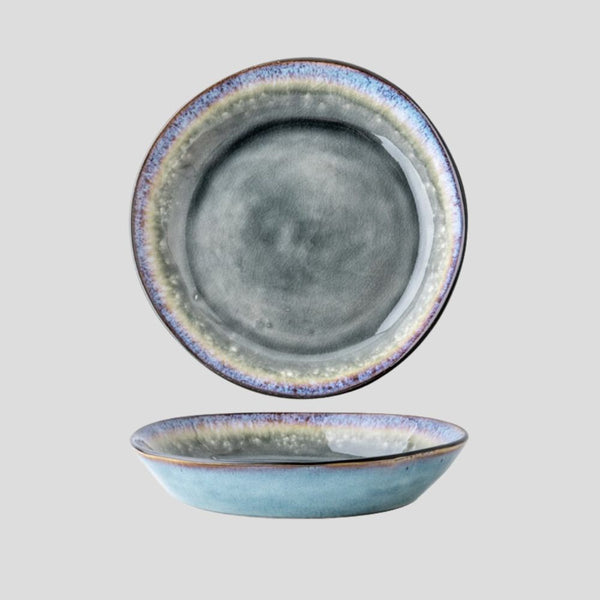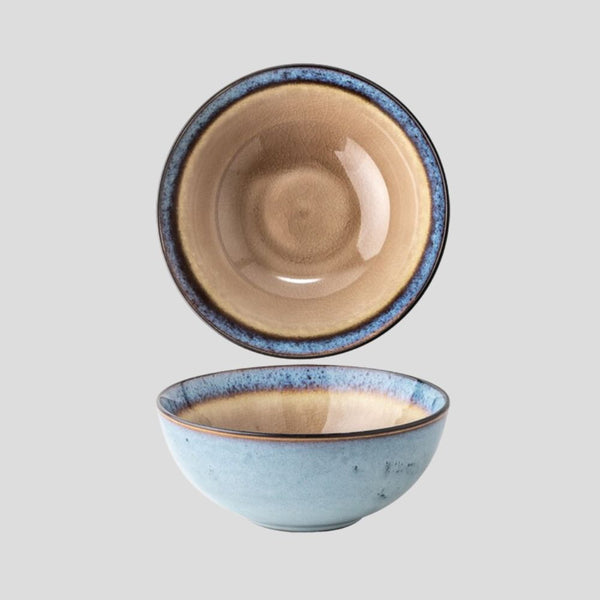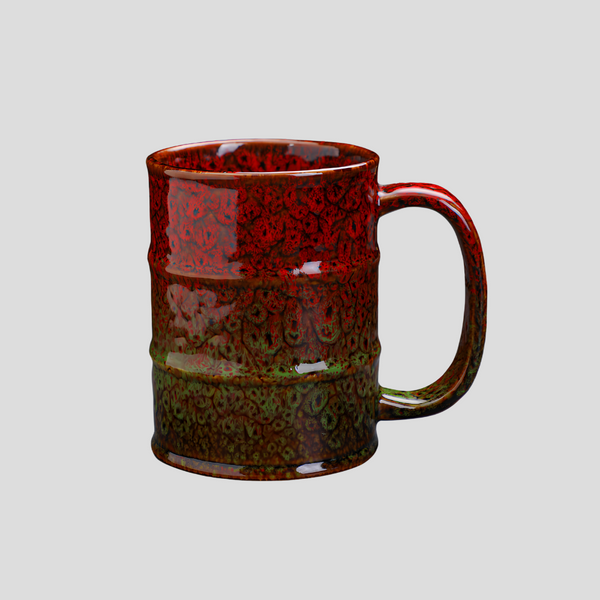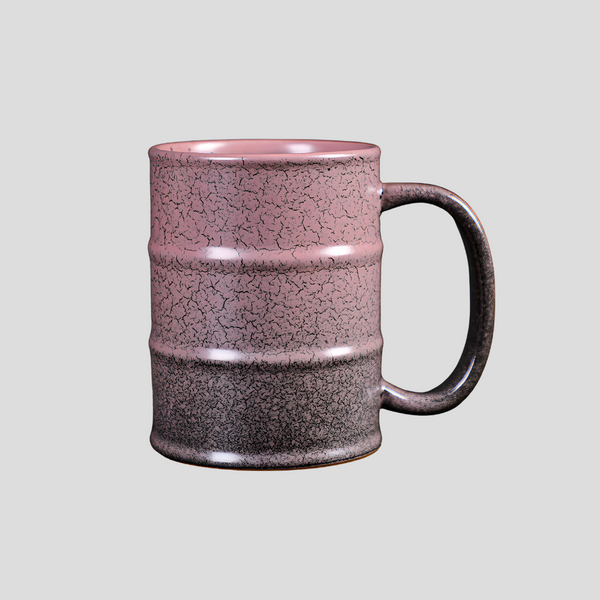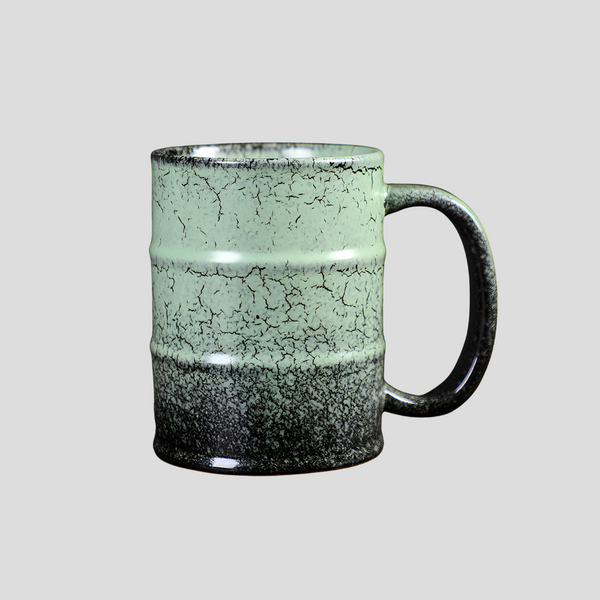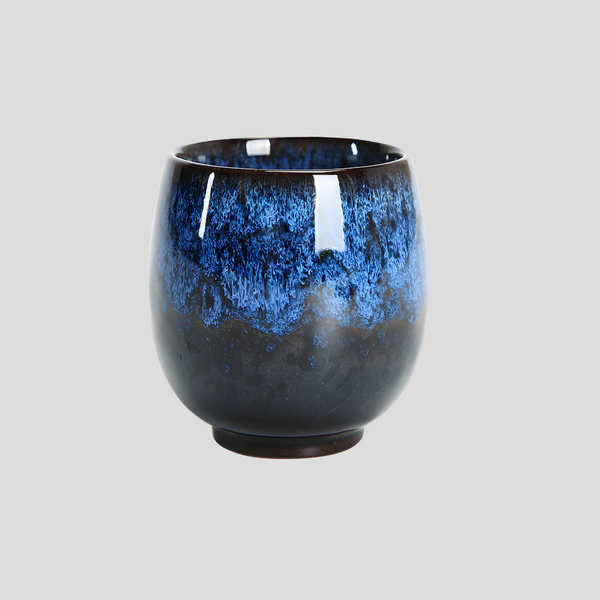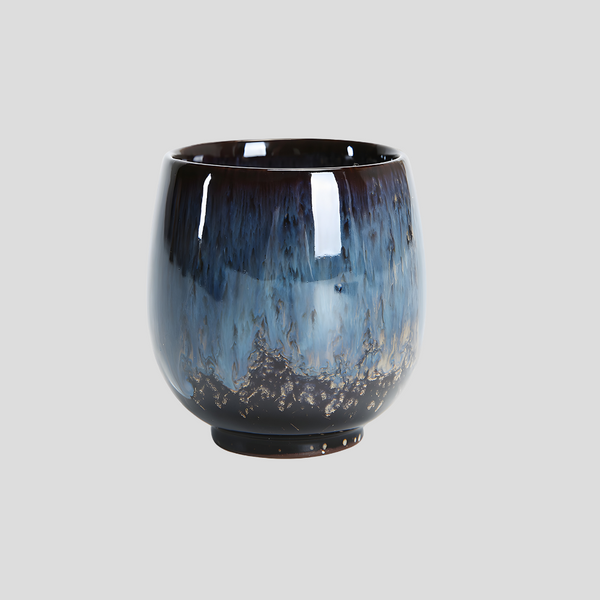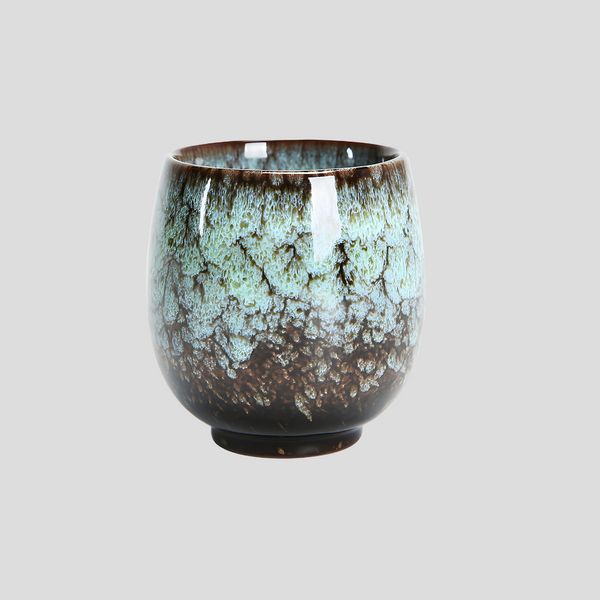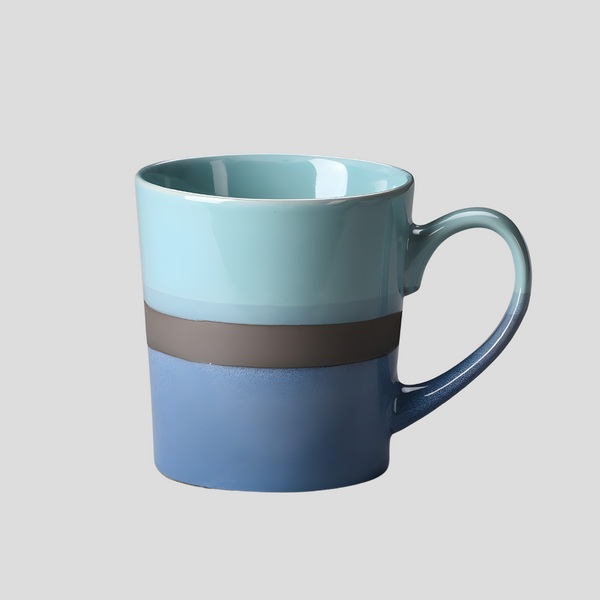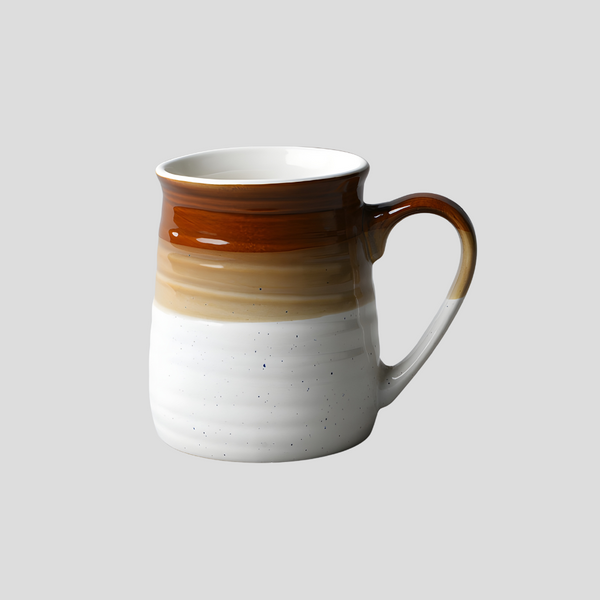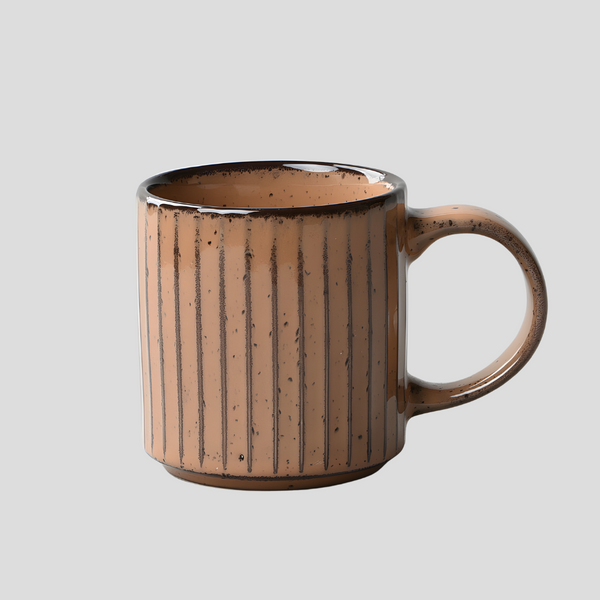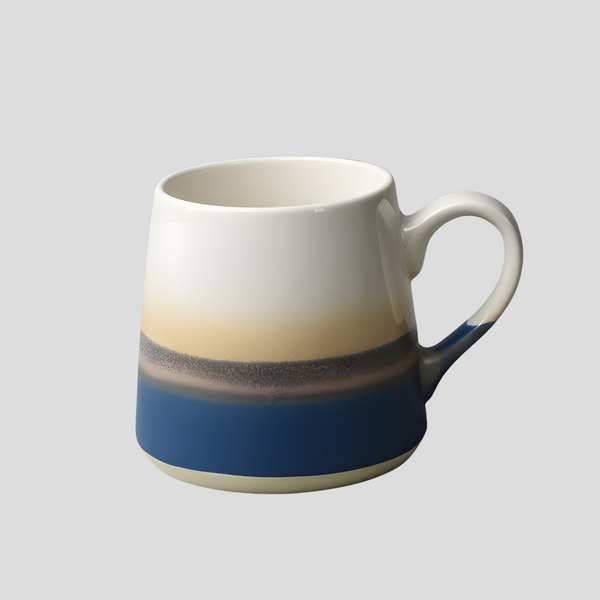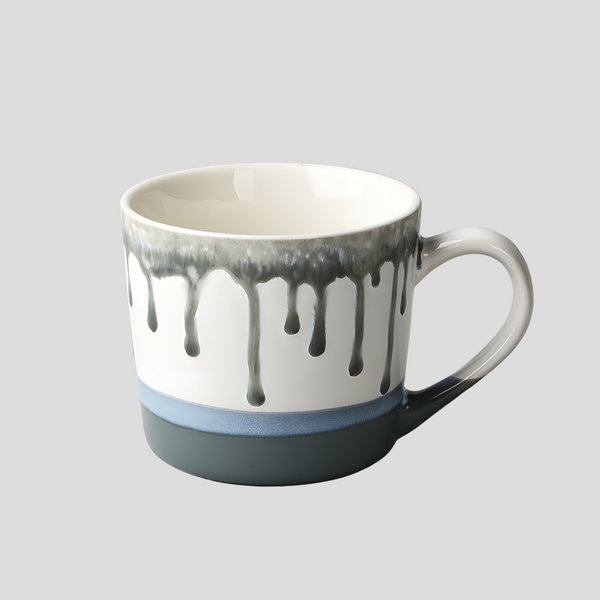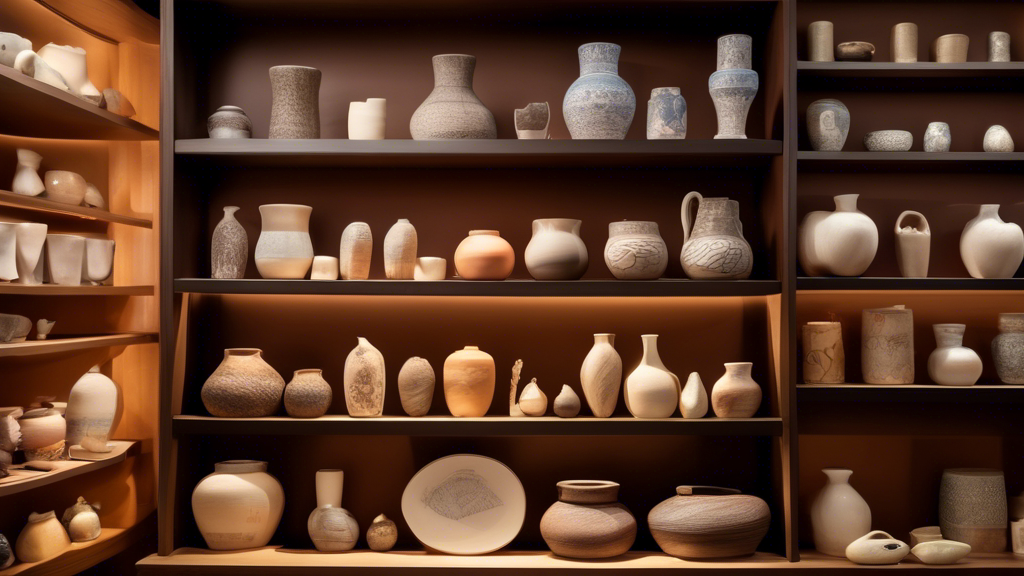
Exploring Different Types of Ceramic Materials
Ceramics are among the oldest materials used by humans, dating back thousands of years. The term ceramic stems from the Greek word keramikos, meaning pottery. These materials are known for their diverse properties and applications, ranging from construction and decoration to advanced technology applications. Ceramics are non-metallic, inorganic solids that are processed or used at high temperatures. Over time, the classification of ceramic materials has evolved, leading to a variety of types each with its unique characteristics and uses. This article explores some of the different types of ceramic materials in use today. Traditional ceramics are made from natural materials such as clay, silica, and feldspar. These materials are abundant in nature and have been used to produce pottery, bricks, tiles, and sanitary ware for centuries. Traditional ceramics are characterized by their porosity and are often glazed to make them waterproof. Despite the advent of more advanced materials, traditional ceramics are still widely used for their beauty and utility in everyday objects. Also known as technical, engineering, or fine ceramics, advanced ceramics are manufactured using purer materials and precise manufacturing processes. These ceramics exhibit superior mechanical, thermal, and electrical properties, making them suitable for high-performance applications in aerospace, electronics, medical devices, and more. Examples of advanced ceramics include silicon nitride, alumina, zirconia, and silicon carbide. Refractory ceramics are designed to withstand extreme temperatures and harsh conditions without melting or degrading. These ceramics are used in applications such as the linings of kilns, furnaces, and reactors. Common refractory materials include magnesium oxide, silicon carbide, and zirconia. They play a crucial role in industries that require high-temperature processes, such as steel manufacturing and glass production. Bioceramics are a category of ceramics used for medical applications. These materials are biocompatible, meaning they can interact with biological systems without causing adverse effects. Bioceramics include alumina and zirconia, which are used for orthopedic implants, and bioactive glasses, which can bond with bone, providing support and stimulating its growth. This category of ceramics is pivotal in advances within the medical field, enhancing the quality of life for many patients. Electronic ceramics, or electroceramics, have specific electric properties that make them essential in the field of electronics. Materials such as barium titanate and lead zirconate titanate are used to produce capacitors, piezoelectric devices, and dielectric resonators. These ceramics are integral to numerous electronic devices, including smartphones, computers, and televisions, playing a significant role in the modern digital world. In conclusion, the world of ceramic materials is vast and diverse, spanning from traditional pottery to cutting-edge biomedical implants and electronic devices. As technology advances, the development of new ceramic materials and applications continues to evolve, underscoring the importance of these materials in both historical and modern contexts.Exploring Different Types of Ceramic Materials
Traditional Ceramics
Advanced Ceramics
Refractory Ceramics
Bioceramics
Electronic Ceramics
